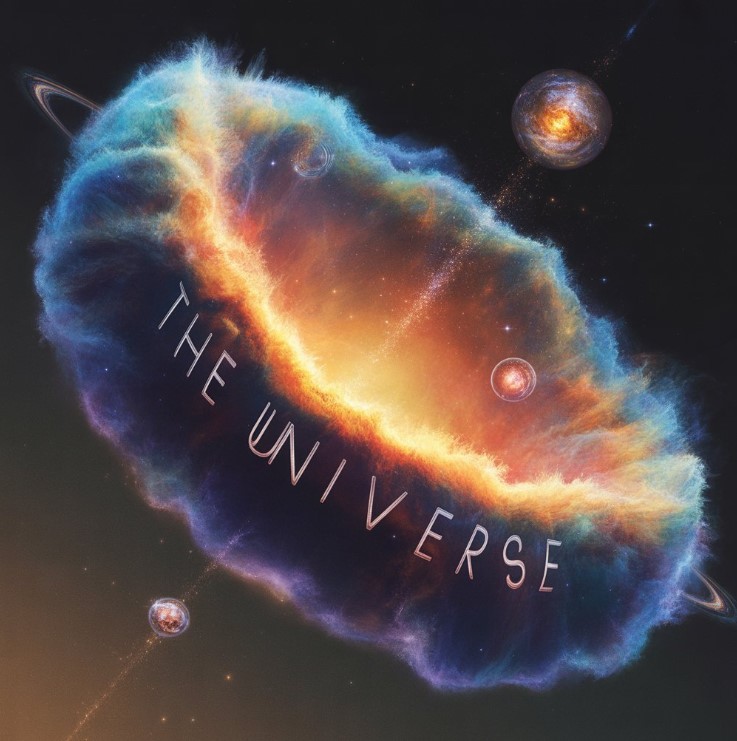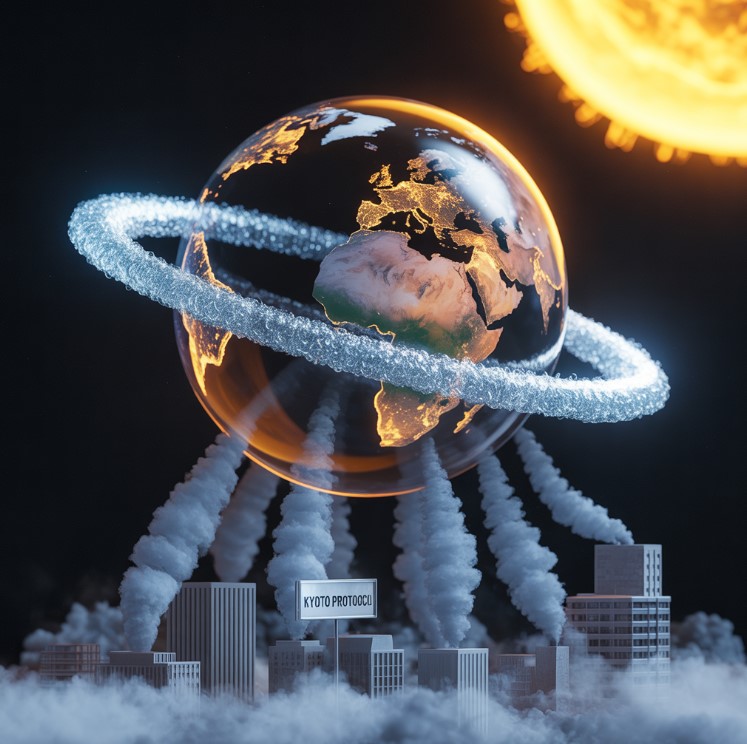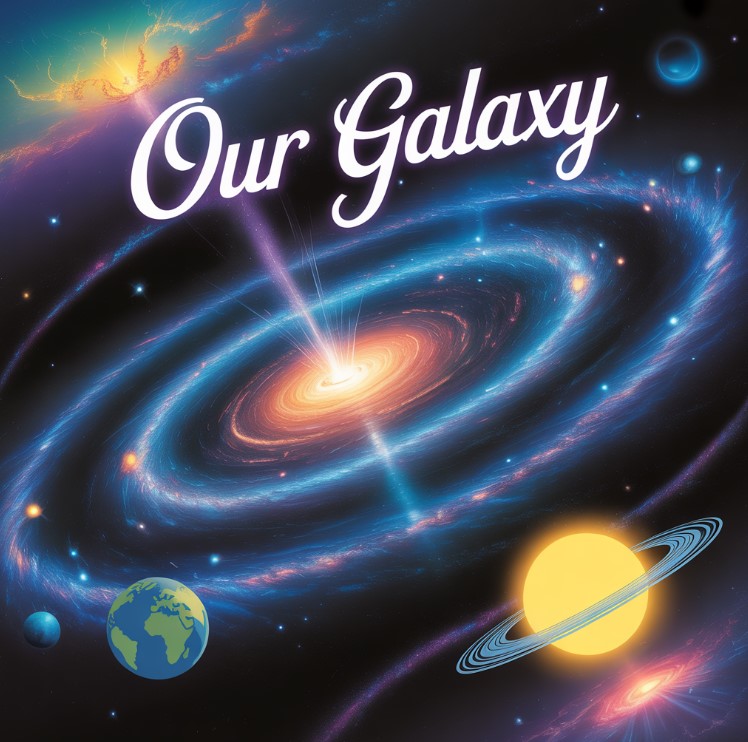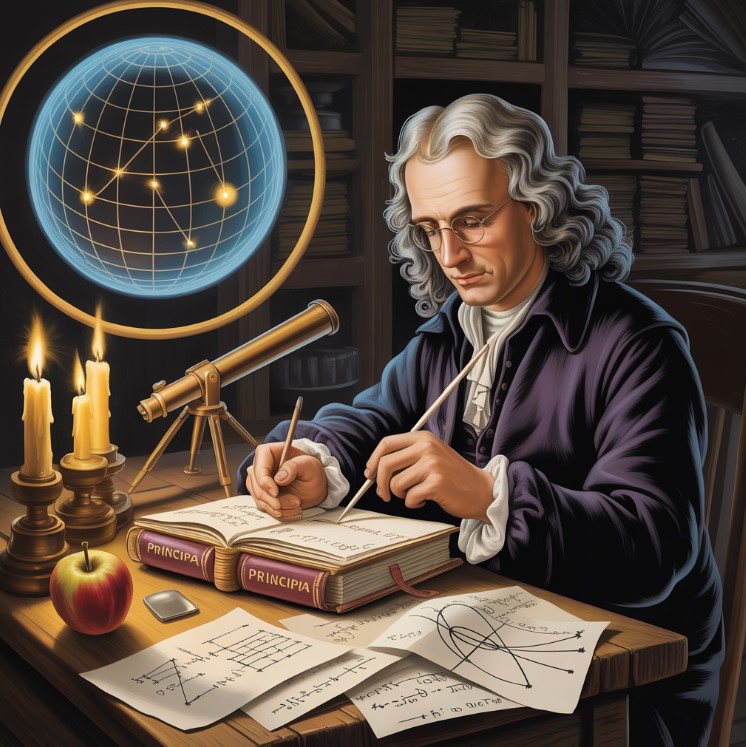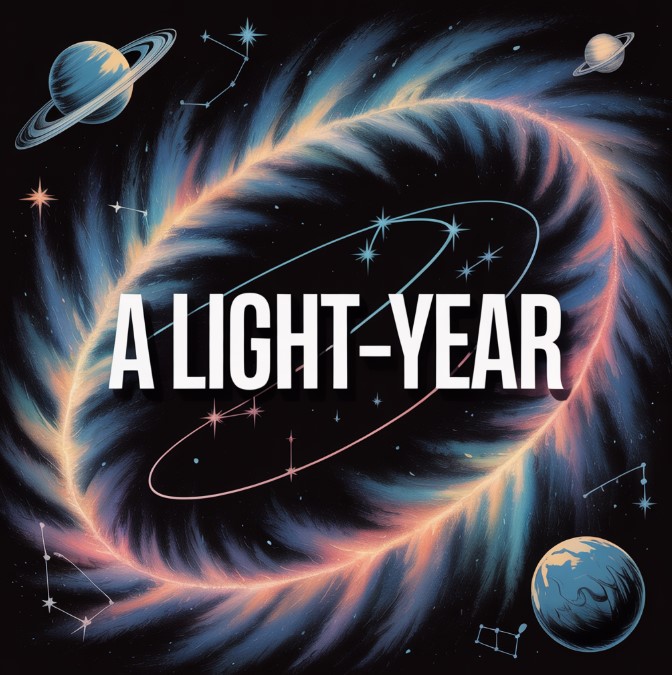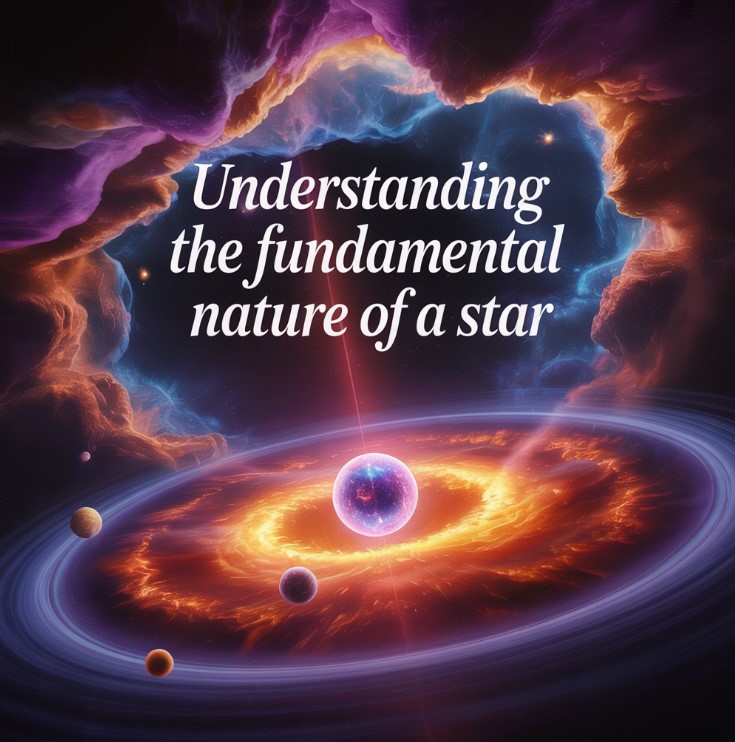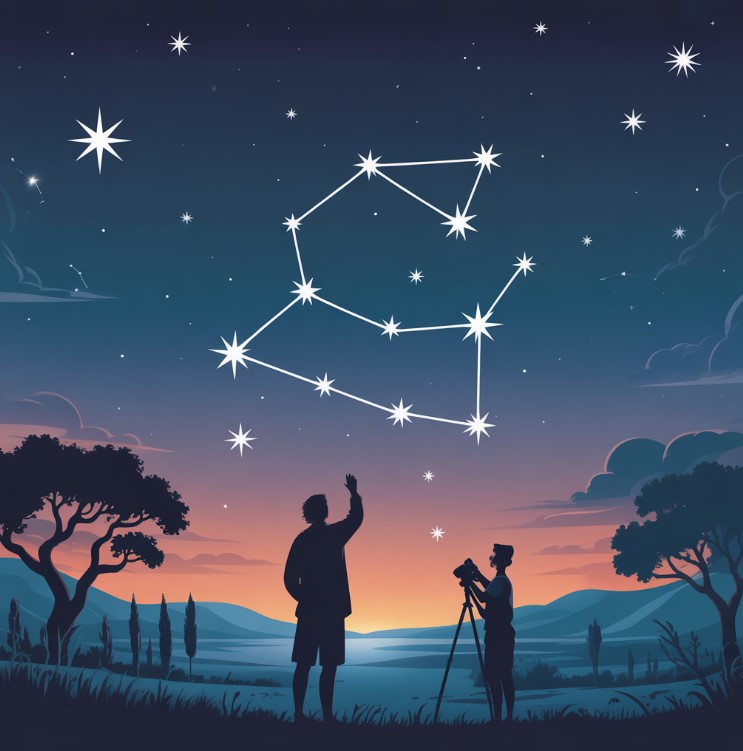Contents
What is the universe?
The universe is everything that exists, including all matter, energy, space, and time. It’s that grand, interconnected system of all things that are, have been, and ever will be. The universe includes absolutely everything, and everything that exists is fundamentally interconnected within its vast expanse.
Important Note: The universe is unbelievably huge, but its true extent and potential boundaries remain a profound mystery, constantly being explored.
The universe is filled with huge groups of stars (called galaxies), star systems, stars, planets, moons, asteroids, comets, nebulae, and colossal voids. All these things are made of fundamental particles, organized into matter and energy, and governed by physical laws. But there’s a lot of empty space between them, so most of the universe, by volume, is actually a near-perfect vacuum, punctuated by these celestial objects.
Where Did the Universe Come From?
Let’s talk about the Big Bang theory, which is what most cosmologists and physicists currently accept as the leading scientific explanation for the universe’s origin and evolution.
The Big Bang literally means the rapid expansion from an extremely hot, dense singularity.
It’s the idea that everything that makes up the universe originated from a single, infinitely dense point of space-time, which then began to rapidly expand.
This theory says that at the very beginning, all the stuff that makes up the universe was squeezed into one tiny, incredibly hot, and infinitely dense singularity. Then, it burst, sending all that stuff flying outwards in every direction, creating the fabric of space-time itself and the initial conditions for the formation of all matter and energy.
What Happened After the Big Bang?
The bits of stuff that shot out in the explosion began to cool and coalesce, eventually forming the fundamental particles that would constitute everything we see today.
Some of this stuff formed the billions of galaxies, stars, planets, and all the visible matter in the cosmos. Another part is called “dark matter,” and scientists are still working to fully understand its nature, as it doesn’t interact with light and can only be detected by its gravitational effects.
Since it began, the universe has been stretching bigger and bigger, like an inflating balloon, with galaxies carried along on the expanding fabric of space itself.
That’s why galaxies and other space objects are moving further apart from one another, not through space, but with the expansion of space itself. Because it’s always expanding, we say the universe doesn’t have a center or an edge in the traditional sense, as every point is essentially expanding away from every other point.
Who Came Up With the Big Bang Idea?
A Belgian priest named Georges Lemaître first proposed this “hypothesis of the primeval atom,” or cosmic egg, which later became the Big Bang theory. Later, a physicist named George Gamow supported it and gave it the ironic, now widely accepted, name “Big Bang.”
How Do We Know How Old the Universe Is?
Since the universe is constantly getting bigger and everything is moving apart, we can watch how fast things are receding from us using the redshift of light, a key piece of evidence for expansion. Then, like rewinding a video, we can figure out how long it has been since all matter and energy were effectively at a single point, determining the universe’s age. That moment, when everything was together, is the very genesis of space, time, and matter itself. Pretty clever deduction, demonstrating the power of observation and theoretical physics.
Scientists now believe the universe is between 13.76 and 13.84 billion years old, a precisely calculated age derived from cosmological observations.
Main Things You Find in the Universe
Here are the main things we know about the universe’s current observable structure.
- Galaxies: These are huge groups of stars, gas, and dust, all bound together by gravity into immense cosmic islands. There are billions of these galaxies, each containing billions of stars, in the observable universe. Our home galaxy is called the Milky Way galaxy, a barred spiral galaxy of immense proportions.
- Star Systems: This is a star and all the planets and other objects that orbit around it, forming a gravitationally bound system. Our own solar system consists of our Sun, eight major planets, numerous dwarf planets, asteroids, comets, and other celestial bodies.
- Stars: These are huge, hot balls of gas (like hydrogen and helium) that glow brightly, generating light and heat through nuclear fusion in their cores.
- Planets: These are round objects that circle around a star, held in stable orbits by the star’s immense gravitational pull.
And that’s the basic idea of the universe and its cosmic origins according to prevailing scientific theories.
